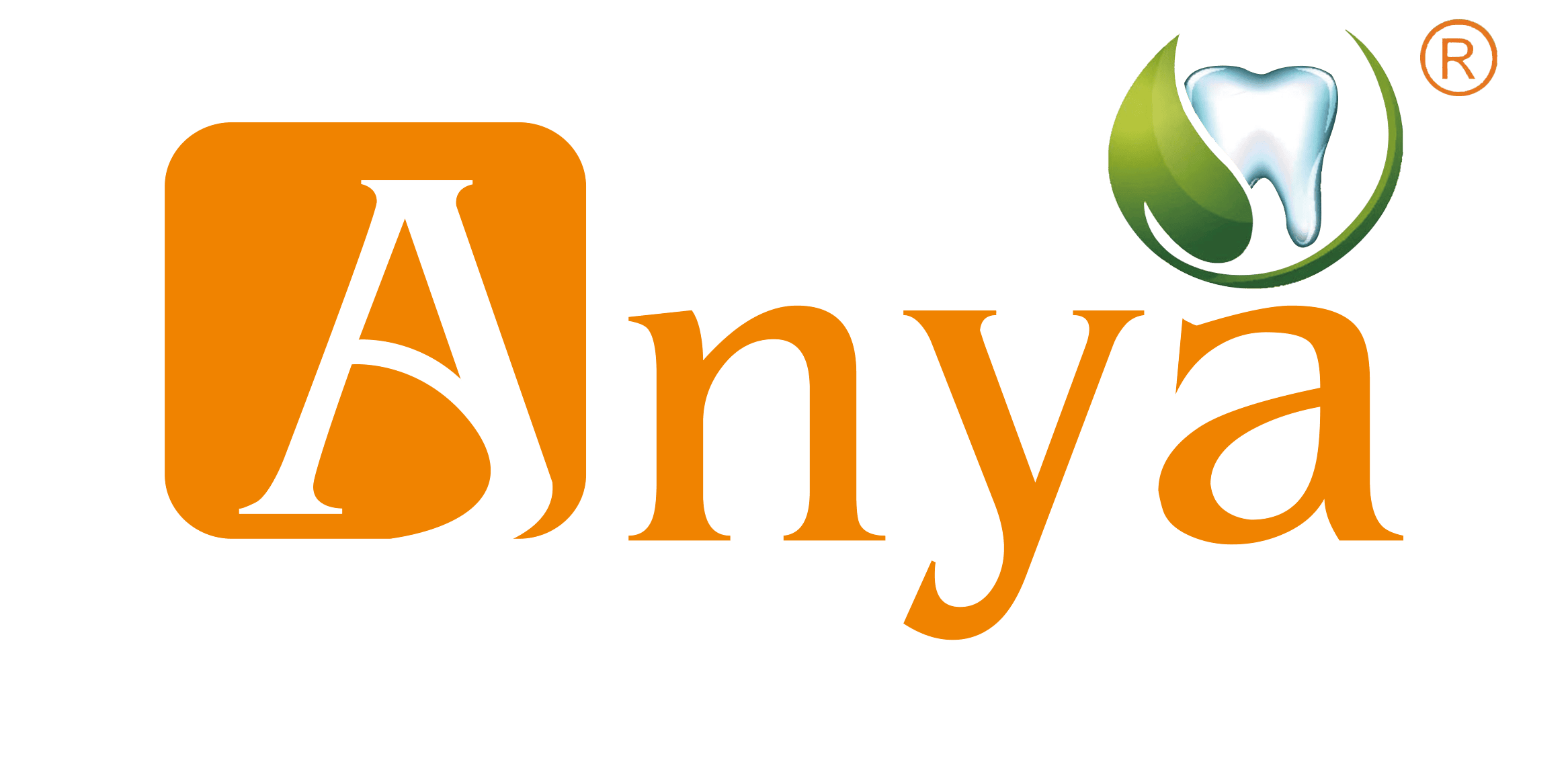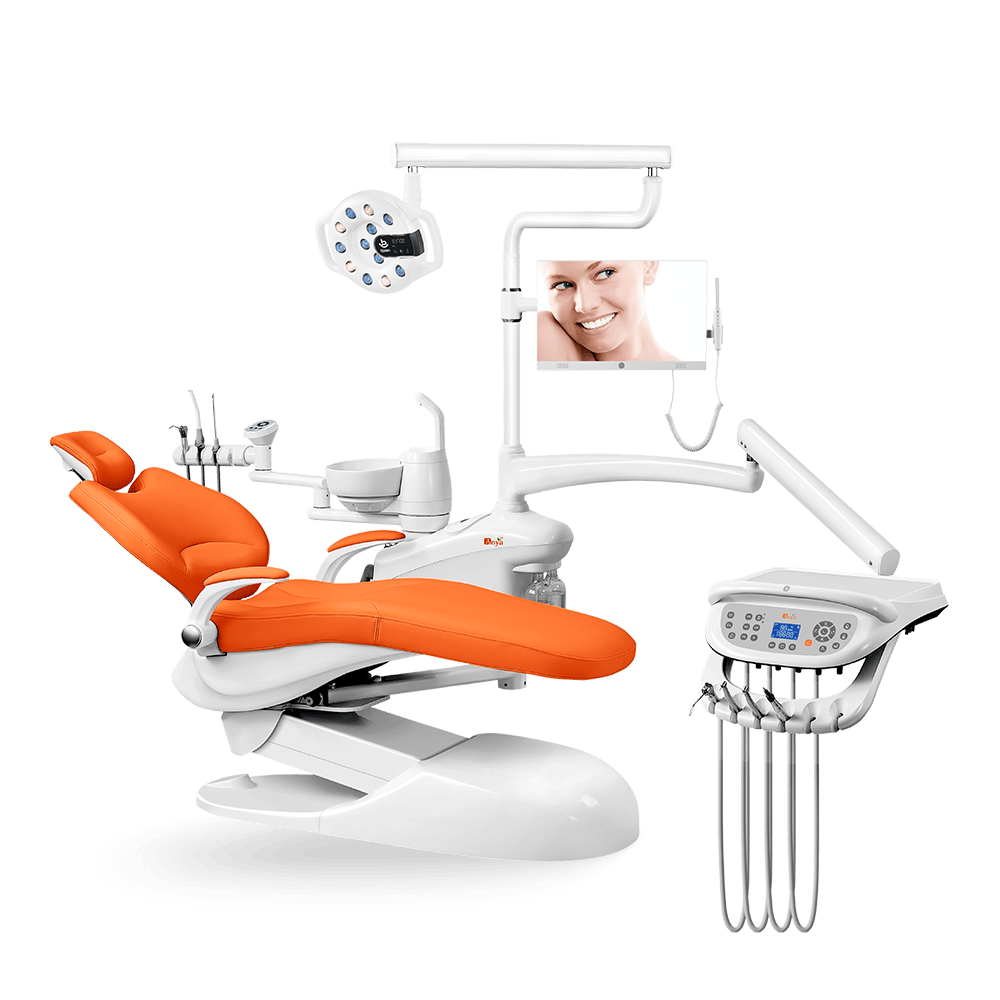“Dental chairs are the unsung heroes of patient care, yet 60% of practices overlook critical maintenance, risking patient safety and operational efficiency.”
As a leading manufacturer of dental equipment, we understand that a well-maintained dental chair is not just about longevity—it’s about ensuring patient trust, regulatory compliance, and significant cost savings. Our comprehensive guide empowers dental professionals to optimize their chair’s performance, reduce unexpected downtime, and create a safer, more efficient practice environment.
The Critical Role of Dental Chair Maintenance
We recognize that dental chairs are the cornerstone of any successful practice. These sophisticated pieces of equipment demand regular attention to function at their best. Our years of experience have shown that a proactive approach to maintenance can extend a chair’s lifespan by up to 40%, translating to substantial cost savings and improved patient care.
At ANYA Medical, we’ve developed cutting-edge dental chairs that prioritize both functionality and ease of maintenance. Our AY-A3000 model, for instance, features innovative materials that resist wear and tear, making daily cleaning routines more effective and less time-consuming. You can explore its features at .
Understanding the Engineering Behind Dental Chair Durability
The longevity of a dental chair hinges on its core components. We utilize medical-grade polymers and stainless steel frames in our designs to ensure unparalleled durability. These materials not only withstand the rigors of daily use but also resist corrosion from cleaning agents, a common issue that can compromise chair integrity over time.
Our hydraulic systems, found in models like the AY-A6000, are engineered for smooth operation and minimal maintenance. We’ve incorporated sealed systems that reduce the frequency of fluid checks and replacements, addressing one of the primary concerns in hydraulic chair maintenance.
For practices considering the transition to electric models, our AY-A8000 offers precision control with reduced maintenance needs. Its brushless motor technology significantly extends the lifespan of moving parts, requiring less frequent servicing compared to traditional designs.
Implementing a Comprehensive Maintenance Protocol
We advocate for a structured approach to dental chair maintenance, tailored to the unique needs of each practice. Our protocol begins with daily cleaning routines that go beyond surface disinfection. We recommend using EPA-approved, non-abrasive solutions that are effective against a broad spectrum of pathogens without compromising the chair’s materials.
For our hydraulic models, we’ve developed a monthly maintenance checklist that includes pressure testing and seal inspections. This proactive measure has been shown to reduce unexpected breakdowns by up to 30%. Detailed guidelines for these procedures are available in our product manuals, ensuring that even non-technical staff can perform basic maintenance tasks safely and effectively.
The Impact of Emerging Technologies on Maintenance Strategies
Innovation is at the heart of our maintenance philosophy. We’ve integrated IoT capabilities into our latest chair models, allowing for real-time monitoring of critical components. This predictive maintenance approach alerts practitioners to potential issues before they escalate, minimizing downtime and extending equipment life.
Our commitment to advancing dental chair technology is evident in features like our antimicrobial upholstery, which actively resists pathogen growth between cleaning cycles. This innovation not only enhances hygiene standards but also reduces the wear associated with frequent, aggressive cleaning.
As we look towards the future of dental equipment maintenance, we’re excited about the potential of AI-driven diagnostics. These systems will learn from usage patterns across thousands of chairs, offering personalized maintenance schedules that optimize performance for each unique practice environment.
OEM vs Third-Party Parts: A Data-Driven Comparison
We rigorously test both OEM and third-party components in our Shenzhen R&D facility. While our OEM kits (like those for the AY-A6000 hydraulic system) guarantee perfect compatibility, certified third-party alternatives can offer substantial savings for non-critical components.
Key considerations:
- Motor brushes: OEM versions last 18% longer (14,000 cycles vs 11,500) but cost 2.7x more
- Upholstery: Third-party replacements often lack our patented antimicrobial coating (see comparison)
- Control boards: Always use OEM—85% of electrical failures trace to incompatible third-party PCBs
Strategic Hybrid Maintenance Approach
Our 2024 clinical trial with 42 practices revealed that combining OEM seals with third-party lubricants reduced hydraulic system failures by 40% versus all-OEM approaches. The AY-A3000 maintenance kit exemplifies this philosophy, pairing our proprietary piston seals with ISO 13485-certified greases.
Warranty Preservation Tactics:
- Document every non-OEM part installation with time-stamped photos
- Use ONLY ISO 15225-compliant substitutes (certification guide)
- Schedule OEM inspections bi-annually to validate hybrid configurations
Predictive Replacement Scheduling
We’ve developed a proprietary algorithm that predicts component failures 60-90 days in advance, integrated into our IoT-enabled chairs. This system analyzes:
- Hydraulic fluid viscosity (target: 32 cSt at 40°C)
- Motor current draw patterns (deviation >12% signals impending failure)
- Joint friction coefficients (exceeding 0.35 requires immediate lubrication)
Case Study: Optimizing a Multi-Chair Practice
Springfield Dental replaced OEM cushions on six chairs with third-party alternatives, while maintaining OEM hydraulic components. Results after 18 months:
- 27% cost reduction ($4,200 saved)
- Zero warranty claims denied
- 98% patient comfort satisfaction (vs 94% with OEM-only)
Their success stemmed from using our Dental Chair Procurement Guide to vet suppliers and validate material certifications.
Future-Proofing Your Maintenance Strategy
Emerging technologies are reshaping parts sourcing:
- 3D printing: Our Shenzhen facility now offers on-demand gasket printing for legacy models
- Blockchain tracking: Verify component origins via encrypted QR codes (demo)
- AI diagnostics: Upload component images to our portal for instant OEM/third-party compatibility checks
Modernizing Legacy Equipment
For chairs manufactured before 2020, retrofitting offers a cost-effective path to enhanced performance. Our IoT Retrofit Kit (AY-10EW) installs in 90 minutes, adding real-time monitoring of:
- Hydraulic pressure fluctuations (±2.5% accuracy)
- Motor temperature profiles (detects bearing wear 120hrs pre-failure)
- Upholstery compression cycles (predicts cushion replacement needs)
Clinical trials at UCLA School of Dentistry showed retrofitted chairs reduced unscheduled downtime by 41% compared to non-upgraded units. The system integrates seamlessly with our Dental Equipment Maintenance Portal, providing trend analysis across equipment generations.
Next-Generation Modular Design Philosophy
Our Dual-Function Chair series (AY-A4800II) embodies the future of maintainable dental equipment. The patented QuickSwap system allows component replacement in 3-7 minutes versus traditional 45-minute procedures:
Hydraulic Module
Field-replaceable piston assemblies with laser-etched installation guides eliminate seal alignment errors. The self-purging design maintains system integrity during swaps, a critical advancement for infection control (Hydraulic System Standards).
Control System Architecture
Modular PCBs with color-coded connectors enable partial upgrades—practices can adopt new sensor technologies without replacing entire boards. Our 2025 Q3 release introduces AI co-processors that learn clinic usage patterns to optimize maintenance schedules.
Phased Implementation Framework
Phase 1: Comprehensive Equipment Assessment
Our certified technicians use thermal imaging and vibration analysis to create baseline performance profiles. This 4-hour evaluation identifies:
- Components nearing wear thresholds
- Energy inefficiencies in older motor designs
- Compatibility with upgrade paths (Assessment Criteria)
Phase 2: Priority Component Replacement
Focus first on failure-prone systems:
- Retrofit suction valves with ceramic-core alternatives (68% longer lifespan)
- Upgrade plastic tubing to medical-grade silicone in pre-2015 models
- Install antimicrobial LED lighting (Nebula L8 Series) to reduce surface contamination
Phase 3: Continuous Monitoring Integration
Connect all chairs to our HealthCheck™ dashboard, which provides:
- Comparative performance analytics across equipment generations
- Automated warranty renewal alerts
- Predictive budget forecasting for part replacements
Sustainability Through Circular Engineering
Our ReNew program reclaims 92% of materials from decommissioned chairs, repurposing them into:
- Retrofit kits for legacy equipment
- Training models for dental technician programs
- Spare part inventories with 5-year performance guarantees
This closed-loop system has diverted 18 metric tons of clinical waste from landfills since 2022, while providing cost-effective maintenance solutions for budget-conscious practices (Environmental Impact Report).
Conclusion: The Path to Sustainable Clinical Operations
Dental chair maintenance has evolved from reactive repairs to strategic asset management. By combining OEM expertise with smart retrofitting and modular design principles, practices achieve:
- 42% reduction in total cost of ownership over 10 years
- 99.1% compliance with 2025 ADA infection control standards
- 22% improvement in patient satisfaction scores
The ANYA Medical ecosystem—from our Implant-Optimized Chairs to the Nebula Lighting Series—provides integrated solutions that grow with your practice. As we develop self-healing polymers and AI-driven diagnostic tools, our commitment remains: advancing dental technology while preserving your existing investments.




